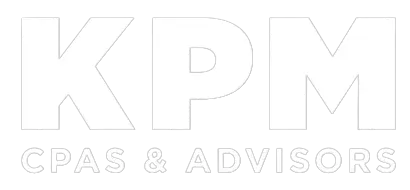All types of occupational fraud are constantly happening in organizations everywhere. According to the Association of Certified Fraud Examiners’ Occupational Fraud 2024: A Report to the Nations, Occupational fraud cost organizations 5% of their revenue last year on average. See why the more things change, the more things stay the same rings true to this day for many organizations.
Misappropriating Assets
The first category is asset misappropriation. It comprises theft or misuse of any business asset, but related schemes often involve cash. These types of scams are the one of the most common types of occupational fraud, though they’re typically less costly than crimes committed under the other two categories.
One classic example is the “ghost” employee ploy, where a staff member with payroll access channels funds to a nonexistent worker. Naturally, those funds end up in the real employee’s pocket.
There are plenty of others. Asset misappropriation has long involved check tampering, whereby an employee steals, forges, or alters company checks to reap ill-gotten financial rewards. Now that midsize and larger organizations rely more on electronic transactions, they are relatively less susceptible to check schemes. However, many small organizations are still at risk.
If you run a cash-intensive organization, be on the lookout for dishonest workers skimming funds before they’re recorded. And if your organization maintains inventory or supplies, safeguard these carefully to avoid theft.
Engaging In Corrupt Activities
The second category of occupational fraud is corruption. Dishonest employees in positions of influence may commit crimes for personal gain and the organization’s loss. These types of schemes are rarely simple and may go on for months — or even years — without anyone noticing.
For instance, a corrupt staffer may work with a vendor rep to inflate prices on the vendor’s goods and services. The two then split the difference when the organization pays the bill. Collusion like this can hurt your organization’s financial performance and reputation. Leadership teams that fail to prevent such schemes risk losing the confidence and support of lenders and investors.
Don’t ignore the possibility of kickback schemes either. Here, a person of influence in the organization uses a vendor or other provider, not because they’re the best choice, but because the employee involved reaps a personal benefit. Examples might include cash, a valuable gift, or free services.
Falsifying Financial Statements
The third category is financial statement fraud. In these schemes, perpetrators falsify financial statements to either hide poor performance or commit outright theft. On the upside, this category is generally the least prevalent of the three. The downside? It’s often the costliest — with such crimes costing organizations many hundreds of thousands of dollars on average.
One example to watch out for is inflated revenue. A manager, perhaps angling for a promotion or fearful of termination, records sales that never actually occurred to make the organization appear more profitable. On a similar tack, a dishonest employee may hide or delay recording legitimate expenses or debts to make financial results look stronger.
Fraudulent manipulation of financial statements can be particularly dangerous. These crimes are often sophisticated, hard to detect, and damaging to an organization’s reputation at the highest levels.
Common Thread
As you can see, there are many types of occupational fraud. But the common thread is the financial and reputational damage to affected organizations. And the threat level is often higher for smaller organizations because they may have fewer resources to fight back. Let us help you spot vulnerabilities in your operations, strengthen internal controls, and devise tailored fraud prevention and detection strategies.

